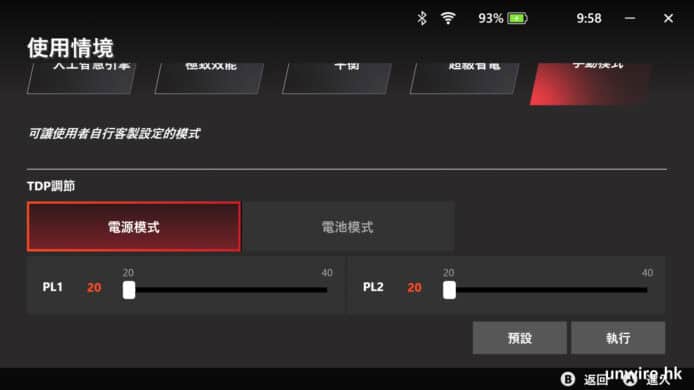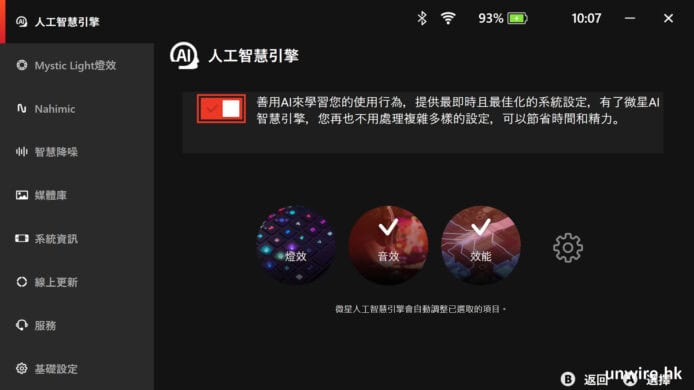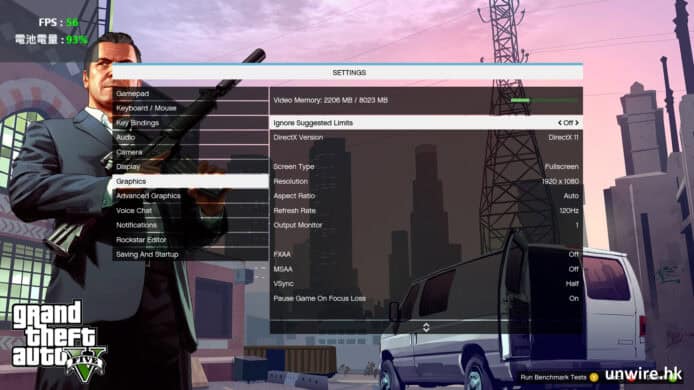The House Oversight and Government Reform Committee released a report on the big Equifax data breach that happened last year. In a nutshell, a legacy application called ACIS contained a known vulnerability that attackers used to gain access to internal Equifax databases.
The report itself is… frustrating. There is some good content here. The report lays out multiple factors that enabled the breach, including:
A scanner that was run but missed the vulnerable app because of the directory that the scan ran in An expired SSL certificate that prevented Equifax from detecting malicious activity The legacy nature of the vulnerable application (originally implemented in the 1970s) A complex IT environment that was the product of multiple acquisitions. An organizational structure where the chief security officer and the chief information officer were in separate reporting structures.The last bullet, about the unconventional reporting structure for the chief security officer, along with the history of that structure, was particularly insightful. It would have been easy to leave out this sort of detail in a report like this.
On the other hand, the report exhibits some weapons-grade hindsight bias. To wit:
Equifax, however, failed to implement an adequate security program to protect this sensitive data. As a result, Equifax allowed one of the largest data breaches in U.S. history. Such a breach was entirely preventable .
…
Equifax failed to fully appreciate and mitigate its cybersecurity risks. Had the company taken action to address its observable security issues prior to this cyberattack, the data breach could have been prevented.
Page 4Equifax knew its patch management process was ineffective.501 The 2015 Patch Management Audit concluded “vulnerabilities were not remediated in a timely manner,” and “systems were not patched in a timely manner.” In short, Equifax recognized the patching process was not being properly implemented, but failed to take timely corrective action.
Page 80The report highlights a number of issues that, if they had been addressed, would have prevented or mitigated the breach, including:
Lack of a clear owner of the vulnerable application.An email went out announcing the vulnerability, but nobody took action to patch the vulnerable app.
Lack of a comprehensive asset inventory.The company did not have a database where that they could query to check if any published vulnerabilities applied to any applications in use.
Lack of network segmentation in the environment where the vulnerable app ran.The vulnerable app ran a network that was not segmenting from unrelated databases. Once the app was compromised, it was used as a vector to reach these other databases.
Lack of integrity file monitoring (FIM).FIM could have detected malicious activity, but it wasn’t in place.
Not prioritizing retiring the legacy system.This one is my favorite. From the report: “Equifax knew about the security risks inherent in its legacy IT systems, but failed to prioritize security and modernization for the ACIS environment” .
Use of NFS.The vulnerable system had an NFS mount, that allowed the attackers to access a number of files.
Frustratingly, the report does not go into any detail about how the system got into this state. It simply lays them out like an indictment for criminal negligence. Look at all of these deficiencies! They should have known better! Even worse, they did know better and didn’t act!
There was also a theme that anyone who was worked in a software project would recognize:
[Former Chief Security Officer Susan]Mauldin stated Equifax was in the process of making the ACIS application Payment Card Industry (PCI) Data Security Standard (DSS) compliant when the data breach occurred.…
Mauldin testified the PCI DSS implementation “plan fell behind and these items did not get addressed.” She stated:
A. The PCI preparation started about a year before, but it’s very complex. It was a very complex very complex environment.
Q. year before, you mean August 2016?
A. Yes, in that timeframe.
Q. And it was scheduled to be complete by August 2017?
A. Right.
Q. But it fell behind?
A. It fell behind.
Q. Do you know why?
A. Well, what I recall from the application team is that it was very complicated, and they were having it just took a lot longer to make the changes than they thought. And so they just were not able to get everything ready in time.
Pages 80-81And, along the same lines:
So there were definitely risks associated with the ACIS environment that we were trying to remediate and that’s why we were doing the CCMS upgrade.
…
It was just it was time consuming, it was risky . . . and also we were lucky that we still had the original developers of the system on staff.
So all of those were risks that I was concerned about when I came into this role. And security was probably also a risk, but it wasn’t the primary driver. The primary driver was to get off the old system because it was just hard to manage and maintain.
Graeme Payne, former Senior Vice President and Chief Information Officer for Global Corporate Platforms, page 82
Good luck finding a successful company that doesn’t face similar issues.
Finally, in a beautiful example of scapegoating, there’s the Senior VP that Equifax fired, ostensibly for failing to forward an email that had already been sent to an internal mailing list. In the scapegoat’s own words:
To assert that a senior vice president in the organization should be forwarding vulnerability alert information to people . . . sort of three or four layers down in the organization on every alert just doesn’t hold water, doesn’t make any sense. If that’s the process that the company has to rely on, then that’s a problem.
Graeme Payne, former Senior Vice President and Chief Information Officer for Global Corporate Platforms, page 51
















